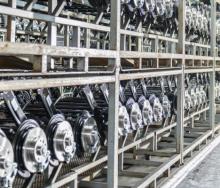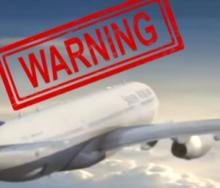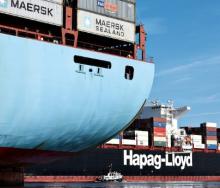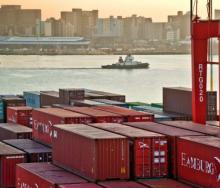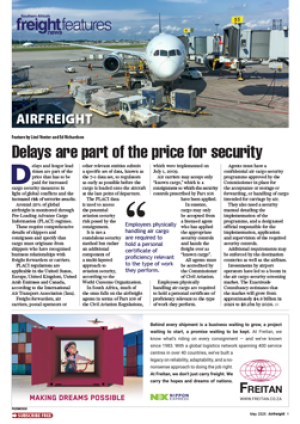The global airline industry is set to achieve slightly improved profitability in 2025, despite facing a raft of challenges including trade tensions, persistent supply chain disruptions, and geopolitical uncertainties.
According to IATA’s latest financial outlook, net profits are projected to reach $36 billion in 2025, up from the $32.4 billion recorded last year, although less than its earlier forecast of $36.6 billion.
Passenger revenues are anticipated to rise to an all-time high of $693 billion, reflecting a 1.6% year-on-year increase, driven by strong passenger numbers and a record-high load factor of 84%.
This growth is expected, despite a projected 4% decline in average passenger yields due to lower oil prices and increased competition between carriers.
Ancillary revenues are also expected to rise 6.7% to $144 billion, increasing total industry revenues to a record $979 billion.
“Despite the headwinds, 2025 will be a stronger year for airlines. Net profit margins are expected to climb to 3.7%, up from 3.4% in 2024, a testament to the sector’s resilience amid economic and political headwinds,” said IATA Director General, Willie Walsh.
According to Iata the anticipated improved profitability is largely attributed to a marked 13% drop in jet fuel prices compared with 2024, with an average price forecast of $86 per barrel.
This equates to an estimated fuel bill of $236 billion, accounting for roughly 26% of all airline operating costs, a significant decrease from $261 billion in 2024.
Walsh said the fuel price relief was important for the sector as airlines’ thin net profit margin translated to just $7.20 per passenger, leaving the industry vulnerable to sudden taxation, regulation or input cost shocks.
However, cargo presented a more subdued outlook, with revenues forecast to decline by 4.7% to $142 billion, reflecting a projected slowdown in global GDP growth from 3.3% in 2024 to 2.5% in 2025.
Trade tensions, particularly tariff measures, are expected to dampen air cargo demand growth to just 0.7%, a marked decline from the 11.3% growth achieved in 2024. Cargo yields are also anticipated to drop by 5.2%. Supply chain disruptions are also expected to continue to pose a major hurdle.
According to Iata, the industry faces an aircraft backlog exceeding 17 000 units, with the waiting time stretching to 14 years.
Engine issues and parts shortages have led to record groundings of aircraft under ten years old, contributing to operational inefficiencies and driving up leasing costs.
Walsh warned that the delays could persist until the end of the decade.
“Manufacturers continue to disappoint, with no end in sight to these challenges,” he said.
However, regional profitability is expected across all markets.
Middle Eastern carriers are forecast to lead with an 8.7% net profit margin, while African airlines are expected to lag at 1.3%.
Walsh urged policymakers to tread carefully, highlighting that airlines supported 86.5 million jobs and generated 3.9% of global economic activity. Any additional costs or regulatory burdens could rapidly erode the industry’s fragile margins, he said.
Looking ahead, Iata noted that the sector was focused on balancing growth with sustainability.
Sustainable Aviation Fuel production is projected to double to two million tonnes in 2025, however, it still represents less than 1% of the industry’s fuel consumption, highlighting the need to urgently ramp up production to meet net-zero targets by 2050.


